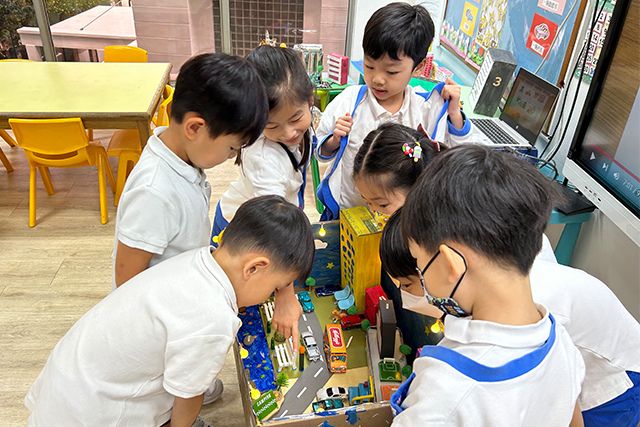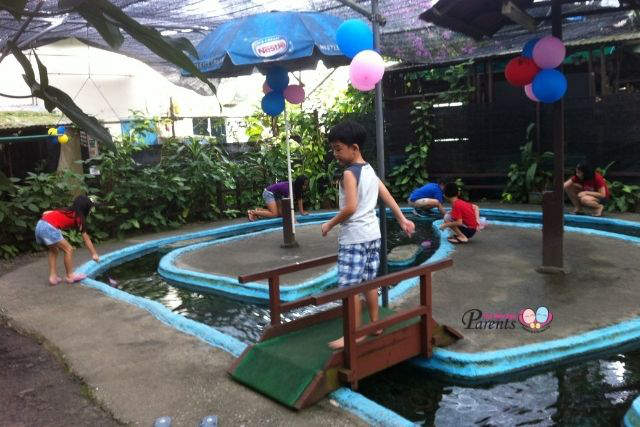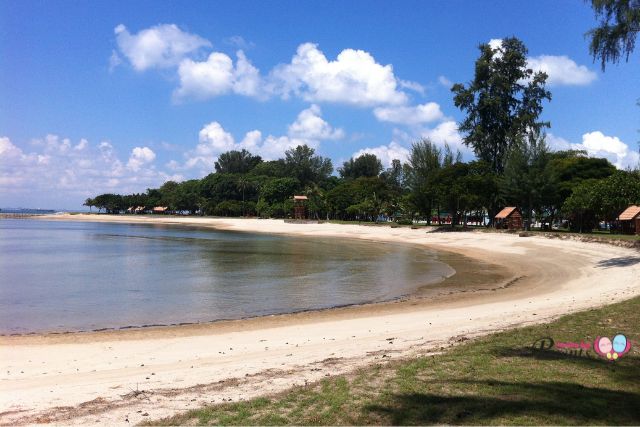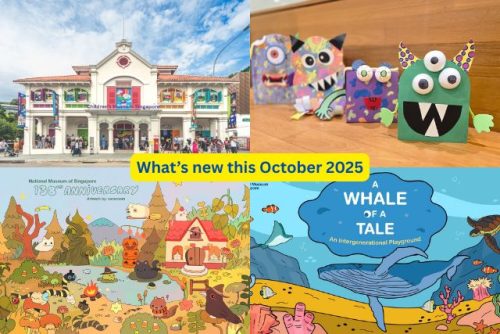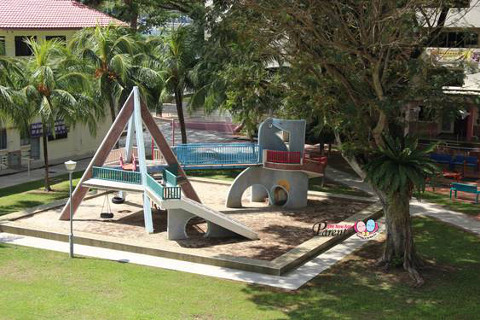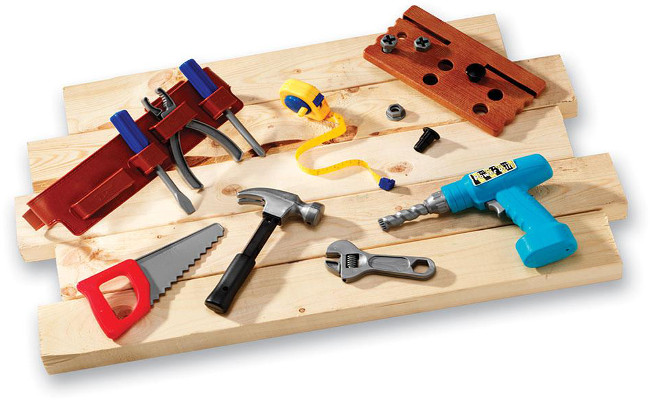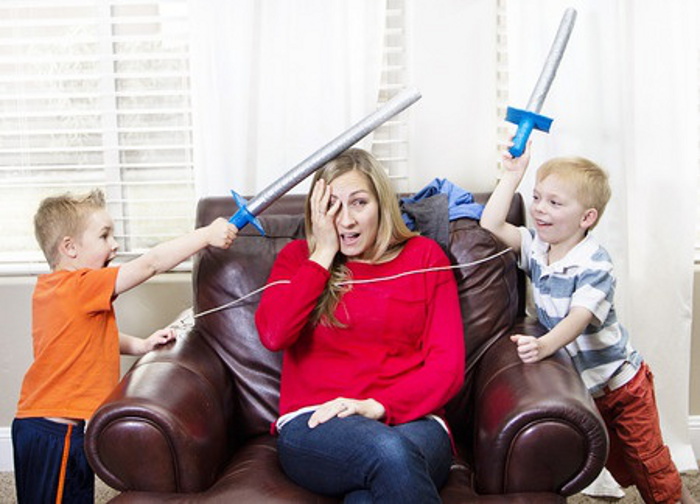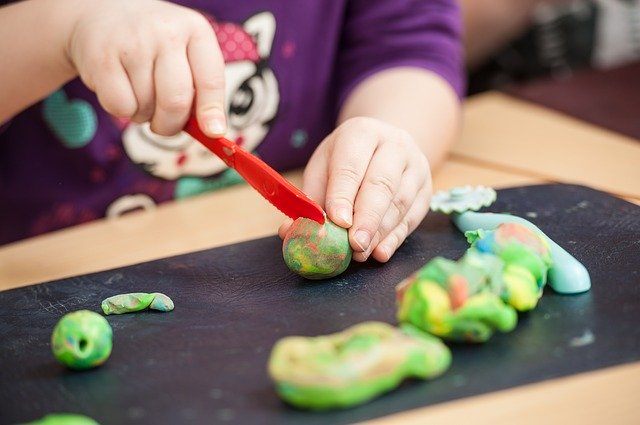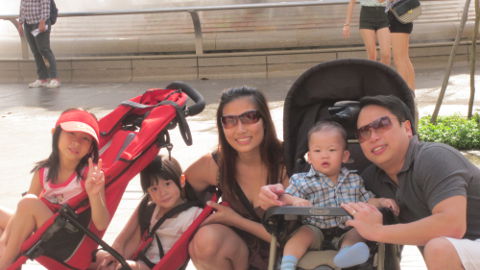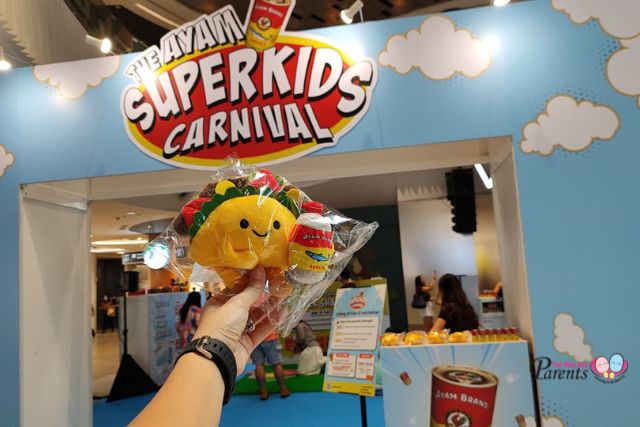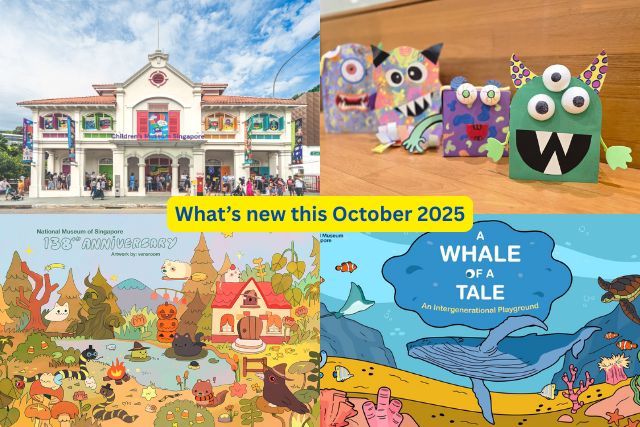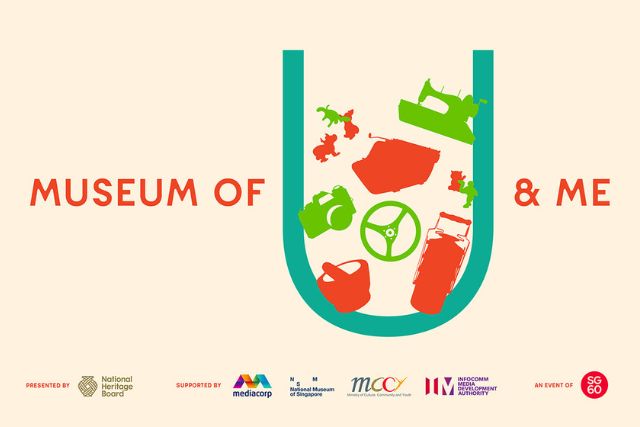How do you find the right balance in giving your child the freedom to explore, yet ensure they stay safe while doing so?
Benefits Of Exploratory Play
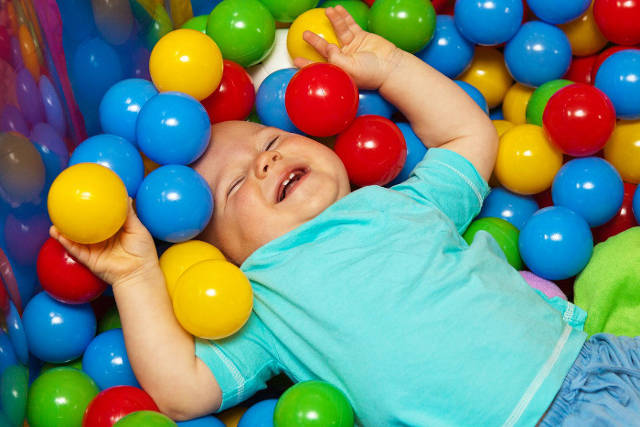
Infants and toddlers learn through meaningful relational interactions. Once born, babies make crucial neural connections in their brains through their daily experiences, to learn and develop their understanding of what is around them. Every experience, whether it is playing peek-a-boo with a parent, or being fed a new fruit, excites the neurons or brain cells. Recurring experiences will develop a “neural synapse highway” which helps infants comprehend the world a little better.
Exploratory play allows infants to learn about things that interest them, in a purposefully created environment. The intention is to create a curiosity in the infants to reach out and discover new information while ‘investigating’ their surroundings. Exploring their physical environment comprises a great deal of learning for mobile infants and toddlers. For example, a 7-month-old baby is placed on a mat with a shiny reflective bowl and a soft velvet cloth near him.
As he reaches out to the bowl with his fingertips, he will soon realise that it moves away easily. Conversely, the experience when he reaches for the velvet cloth will be quite different and provides a new experience for the infant.
An older infant who is figuring out how to use a spoon to feed himself will soon learn what motion is required from him to get the delicious food from the bowl to his mouth. Another toddler who is learning to climb up and down a play structure will also ascertain after a few tries that it is safer and less daunting to descend legs first.
⇒ Related Read: Why Our Babies Need To Move
Exploratory play promotes:
- Stimulated brain connections
- Early cognitive development
- Problem-solving skills
- Good self-esteem
- Self-confidence
- Critical thinking ability, and resourcefulness
2. Play And Saftey
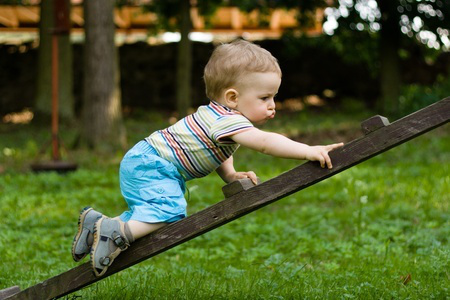
- Prepare the Environment
For immobile infants, a small mat area will be sufficient for the play. For mobile infants or toddlers, define a play area like a corner in the living room or the children’s room. Parents may provide a padded area with a mat or carpet to cushion falls, not to prevent low-level falls, like while the toddler is learning to walk. Sharp corners which may hurt or cut should be removed. Encourage independent play by providing sensorial and frequently changed resources for learning.
Resources need not be expensive toys and parents may use recycled materials such as empty milk bottles, household items such as baskets, scarves and spoons. Parents do not have to spend too much money on this. Outdoor soft areas such as grass in a park or a playground will also be safe for exploratory play.
⇒ Related Read: Top Outdoor Playgrounds
In Kinderland, the exploratory play includes the use of mats, soft-gyms, wall bars, cruiser boxes and climbing lofts. The well-designed spaces are to encourage children to discover their environment and their own physical capacities when they crawl, stand, climb and slide. Specially selected toys, including teacher-made resources, stimulate their sensory learning in a safe space.
- Shifting our perspective on exploratory-play
Infants and young children get their worldview and perspective of what is good or bad from adults. Research has shown that most children have an innate perception of depth from as young as 5 months old, although they may still look to adults for guidance. It is important for adults to allow children the opportunity to learn how to overcome obstacles and to differentiate from a young age between what is safe and what is harmful. When parents are overly anxious about a child’s safety, the same vibes are quickly picked up by the young ones.
- Facilitate
Play alongside the children. Besides providing the vocabulary, introduce discovery questions like Who, What, Why, When, What if and How? For the pre-verbal younger children, you may need to provide the answers after a short pause. This helps your child find meaning in what he is experiencing and for parents to provide respectful, responsive and relational interactions.
3. Creating A Landscape For Learning
The area has to be age-appropriate, highly functional and aesthetically appealing. Furniture and layout should provide infants with various opportunities to challenge them through what they see, touch and feel. Such an environment allows infants to safely explore their environment independently, to learn how to navigate, and finally master it.
Well-designed spaces contribute appropriately to children’s development and support parents in their role as facilitators of children’s learning and self-directed play. According to renowned architects Louis Torelli and Durrett from America, “a well-designed environment is, of course, safe for infants and toddlers but, more than that, it supports their emotional well-being, stimulates their senses, and challenges their motor skills”.
Contributed by Charlotte Wong, Senior Manager, Kinderland Educare Services Pte Ltd.
This article was first published in The New Age Parents e-magazine.
* * * * *
Like what you see here? Get parenting tips and stories straight to your inbox! Join our mailing list here.
Want to be heard 👂 and seen 👀 by over 100,000 parents in Singapore? We can help! Leave your contact here and we’ll be in touch.










